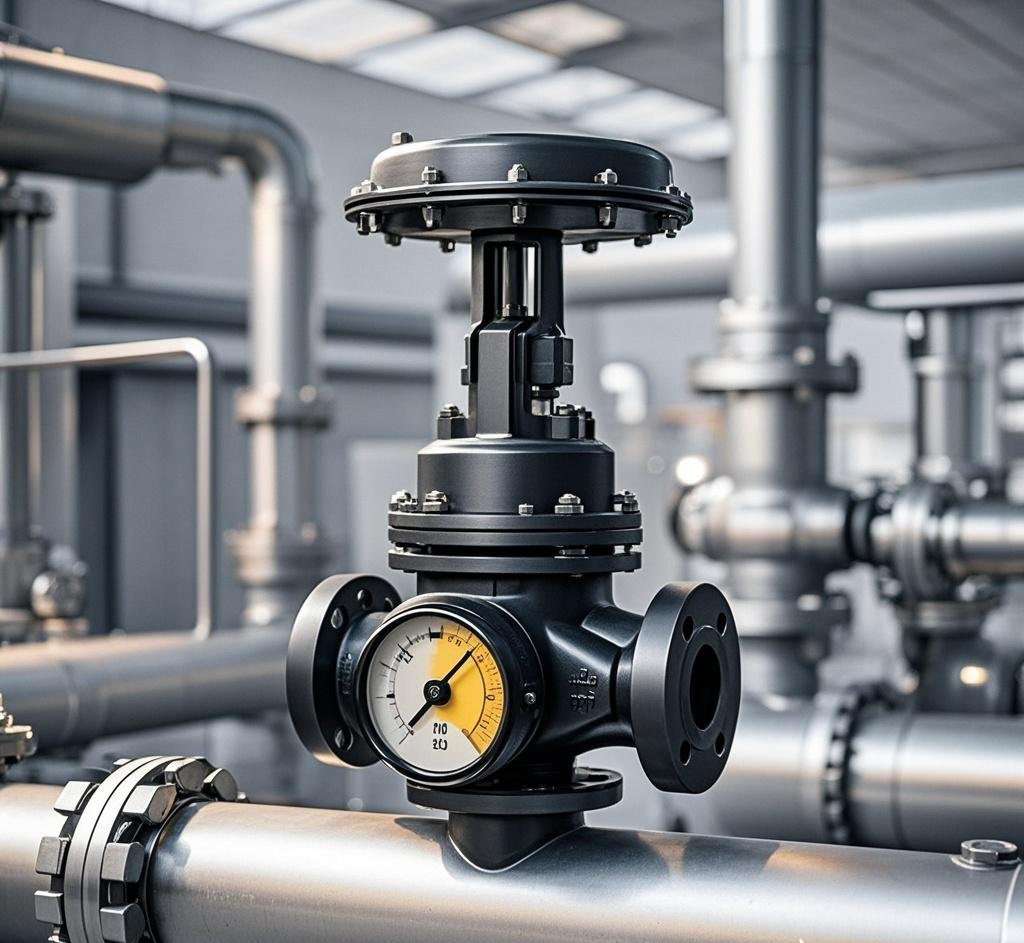Valve sealing surface as the core component of fluid control, need to withstand corrosion, wear and high pressure and other harsh conditions. This paper analyzes the necessary performance of sealing materials and selection strategy to help you extend the life of the valve, to protect the system safety.
First, the core characteristics of the sealing surface materials
Excellent sealing
Ensure zero leakage (such as metal hard seal leakage rate <0.01%). Compressive strength Can withstand the differential pressure of the medium generated by the sealing pressure (such as high-pressure valves need to> 200MPa).
Corrosion resistance
Resistant to acid / alkali / salt and other media erosion (such as 316L stainless steel resistance to Cl- corrosion).
Scratch resistance
Reduce friction damage under dynamic sealing conditions (self-lubricating characteristics of pasteurized alloys).
Scour resistance
Resistant to high-speed fluid washout (e.g. Cemented Carbide for particulate media).
Thermal stability
Resistant to oxidation at high temperatures (>500°C) and embrittlement at low temperatures (<-196°C). Processing economy Facilitate precision machining and maintenance (such as PTFE easy molding). Classification of mainstream sealing materials Material type Typical application Advantages Temperature range Rubber Soft sealing gate valve, butterfly valve Good elasticity, low cost -40℃ ~ 120℃ Polytetrafluoroethylene (PTFE) ball valve, diaphragm valve Corrosion resistance, low coefficient of friction -200℃ ~ 260℃ Pasteurized alloy ammonia globe valve Self-lubricating, anti-wear -70℃ ~ 150℃ Chrome Nickel Stainless Steel (316L) Nitric Acid Resistant Valves, High Temperature Resistant -196℃ ~ 500℃ Cemented carbide Ultra-high-pressure ball valve, hydrogen valve High hardness (HRC60+), long life -250℃ ~ 800℃ Third, the key principles of selection Medium Priority Corrosive media → 316L stainless steel / PTFE. Particle-containing fluids → Tungsten carbide / ceramics. Working condition suitability High temperature and pressure → cobalt alloy spray welding. Frequent opening and closing → Nitrided steel (fatigue resistant). Structural design Inlaid seal → hardness difference control (seat > valve HRC5).
Soft seal → priority rubber / plastic (leakage rate <0.1%). Fourth, the industry application cases Petrochemical industry Ball valve: carbide seal (H₂S corrosion resistance). Control valves: Surfacing Stellite alloy (scour resistance). Power industry Gate valve: nitrided steel (high temperature creep resistance). Safety valves: chrome stainless steel (resistant to steam oxidation). Water Treatment Butterfly valve: EPDM rubber (chlorine water resistance). Check valve: nylon (scale wear resistance). V. Maintenance and Upgrade Recommendations Regular Inspection Use ultrasonic thickness gauge to monitor wear (>0.5mm needs to be replaced).
Leakage testing: Bubble method (low pressure) / Helium mass spectrometry (high demand).
Material Upgrade
Conventional carbon steel valves → ceramic coating (3 times longer life).
Aging of soft seal → Replacement with perfluoroether rubber (temperature resistance + 50°C).
Summarize
Valve sealing surface material selection needs to be comprehensive media characteristics, working conditions and cost budget. It is recommended to contact the API 600/ASME BPVC certified suppliers to obtain professional material suitability analysis report. Choosing the right material can reduce maintenance costs by more than 50%, to ensure long-term stable operation of the system.
Valve Sealing Face Material Selection Guide: Key Properties and Application Scenarios

{"aigc_info":{"aigc_label_type":0,"source_info":"dreamina"},"data":{"os":"web","product":"dreamina","exportType":"generation","pictureId":"0"}}